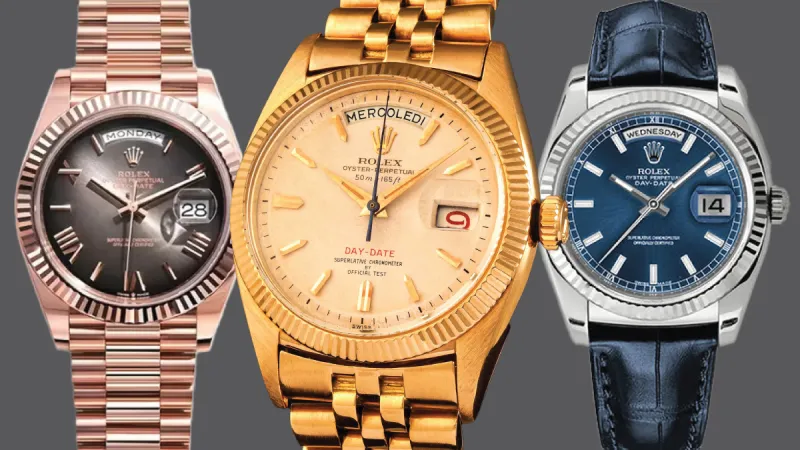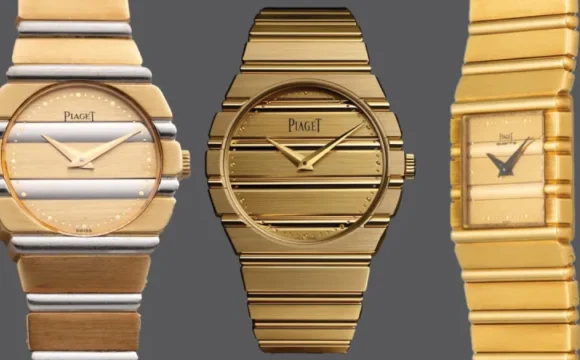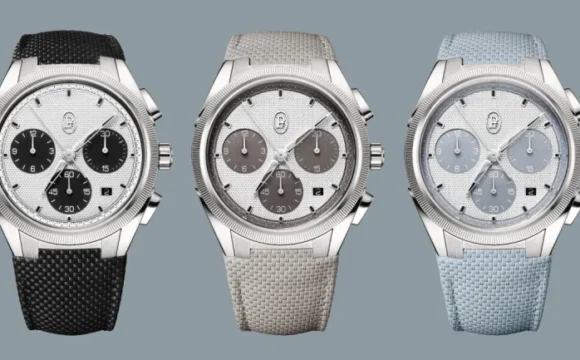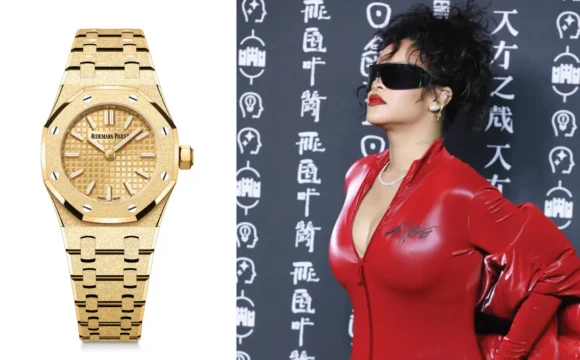To say that Rolex was on a winning streak in the 1950s is a gross understatement. While all those wonderful sports models get a lot of fan-fair today, it really was the Day-Date that swept the imaginations of people in 1956 when it was released. This pre-dates the casual fashions that would take hold during the 1960s, eventually collapsing traditional dressiness by the 1970s, making Sumbariners and GMT Masters the thing to wear. But a Day-Date in the 1950s and 60s quickly became the watch to own around the world. This was in no small part because of its adoption by Winston Churchill, Dwight Eisenhower, Lyndon B. Johnson, Richard Nixon, Gerald Ford, and, eventually, Ronald Regan. Known as “the president watch," it’s unique five-link bracelet is now officially named the President by Rolex—a rare adaptation of the many nicknames given to Rolex products. As for innovation, the Day-Date was the very first wrist watch to display the date and the weekday written in full, a true novelty at the time that’s been imitated by just about every brand since.
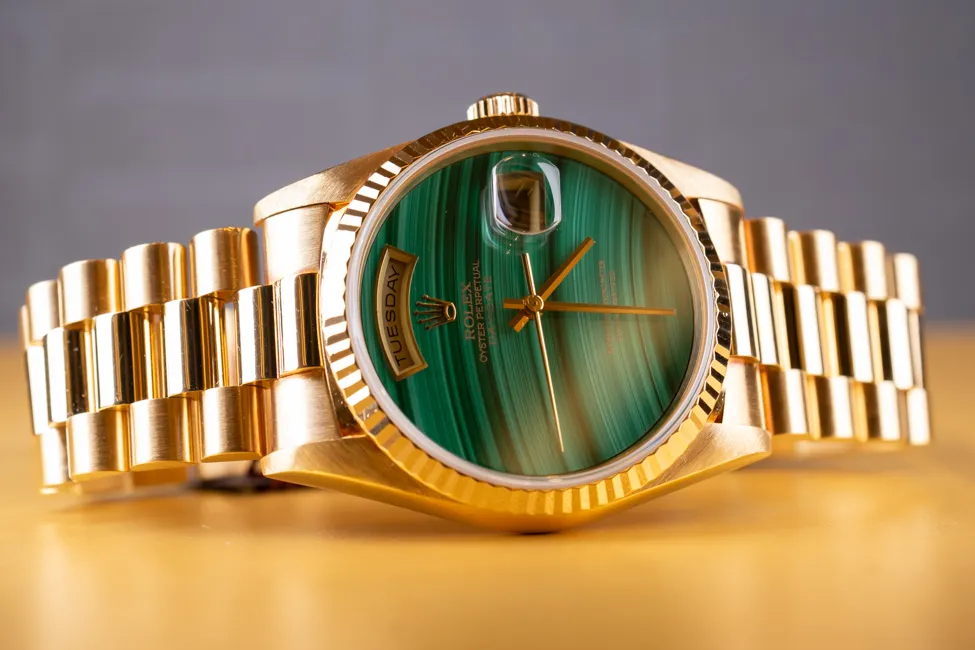
Today the Day-Date is not only enduringly popular, but also having something of a resurgence. We’ve noted the rising prices for Day-Dates over the past couple of years, a reflection of changing tastes and, perhaps, a return to dressiness. We’ve also seen some truly amazing gem-set Day-Dates in our travels, reminding us that for a while the Day-Date wasn’t just for Presidents, but a very fancy timepiece with international appeal for both men and women.
From the article by Allen Farmelo, Paige Reddinger, Victoria Gomelsky, Oren Hartov, Blake Buettner

